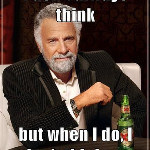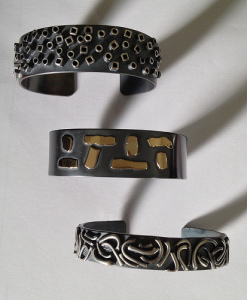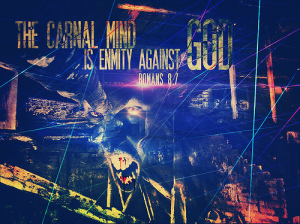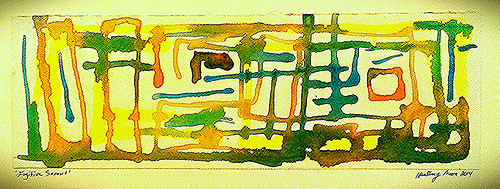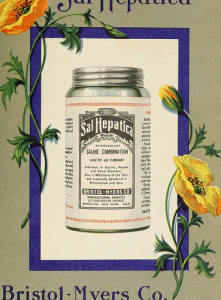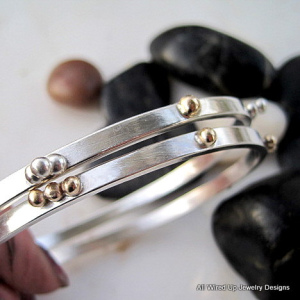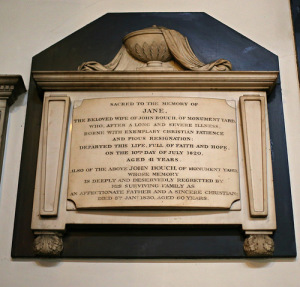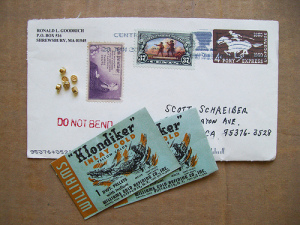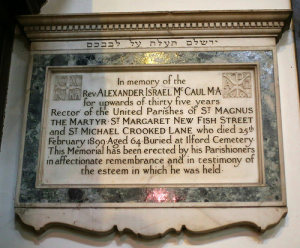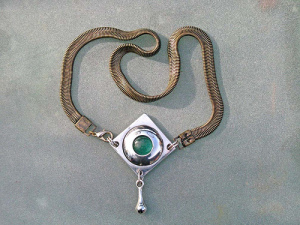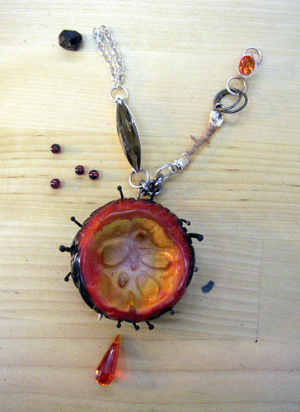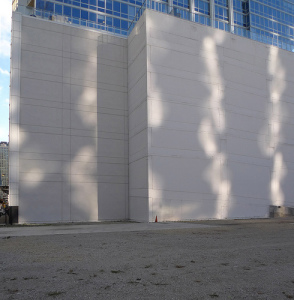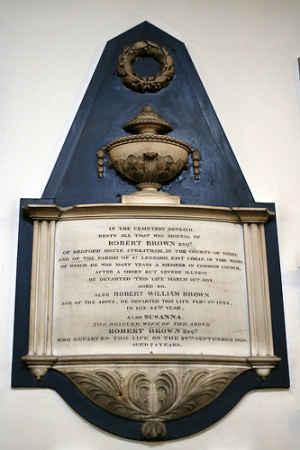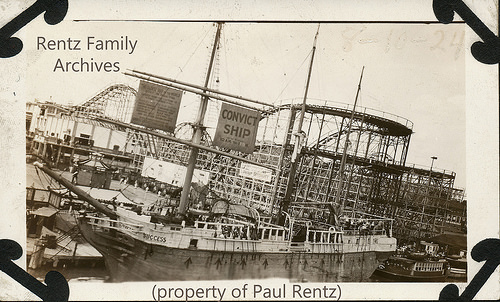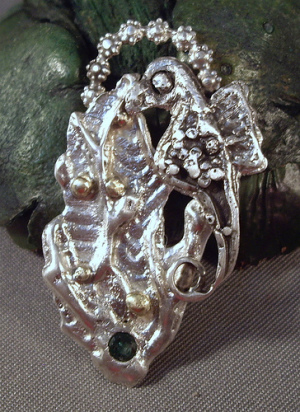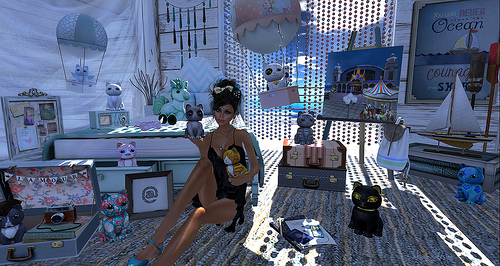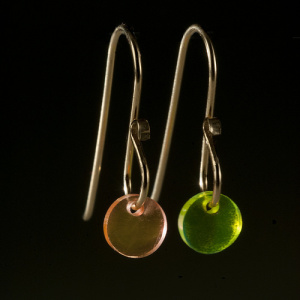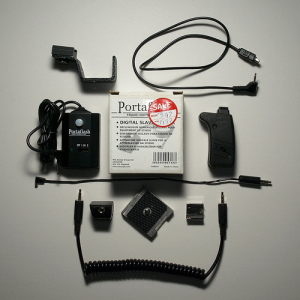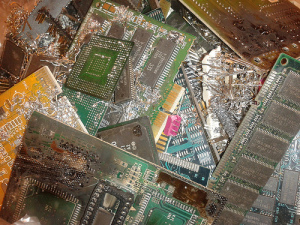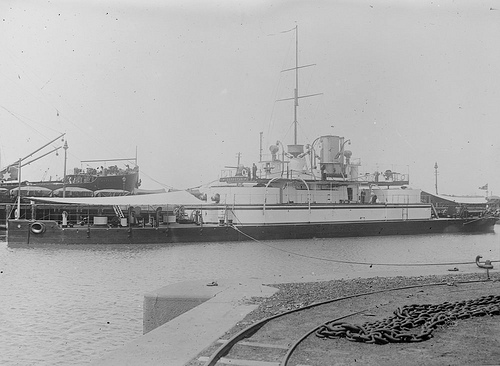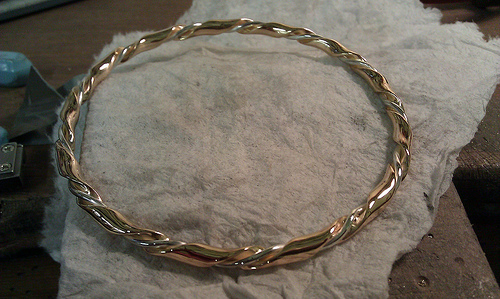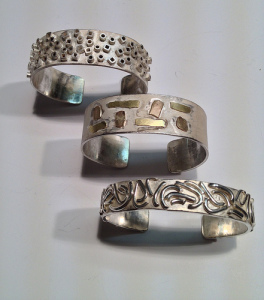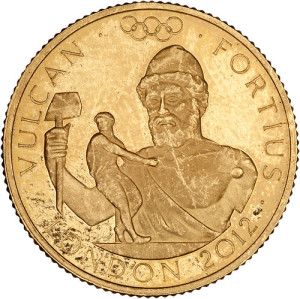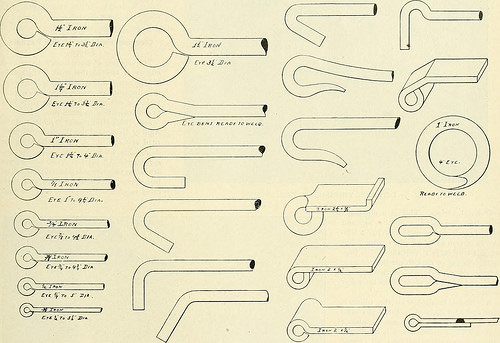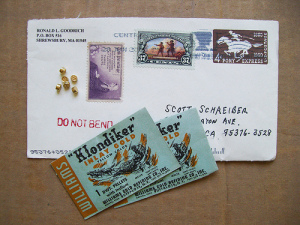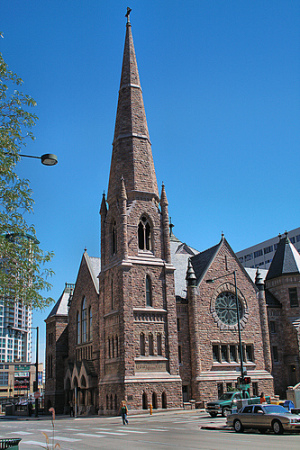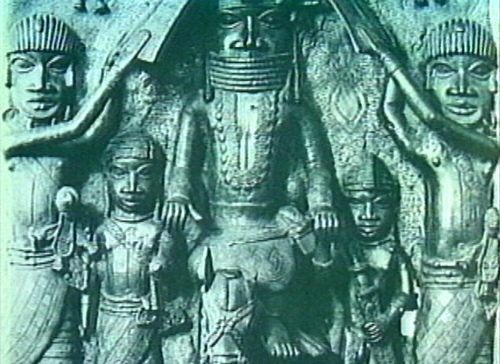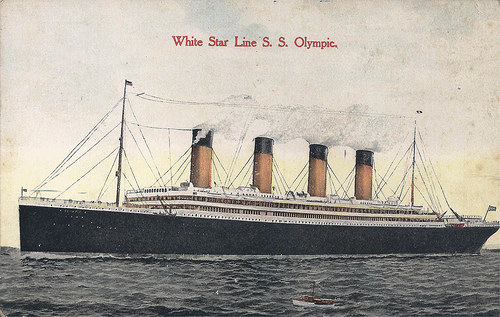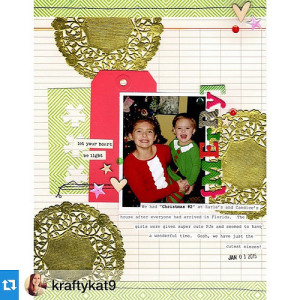Read More...
The philosopher Michel Foucault postulates that modern medicine began when doctors stopped asking patients, "What is the matter with you?" a question that invited a complex personal response, and began asking, "Where does it hurt?" instead, a question that focuses solely on biology.
What happens when we study the Vidui, the Yom Kippur Confession as a response to these two question?
If the Vidui is in response to "What is the matter with you?", we offer a long list of all the things that are wrong with the way we behave, a personal response describing symptoms. We will beat our chests, perhaps even cry, and hopefully, promise to change.
However, if our confession is in response to, "Where does it hurt?" we are crying to God as the Ultimate Healer, listing the places within that pain us. We are describing our frustration with internal limitations and illnesses that prevent us from becoming the people we dream of being.
The first response is a psychotherapy session. We will literally "get it off our chests." The latter is an appointment with a great diagnostician and healer. Such a Vidui is the opening round in a search for a cure.
Before 1882, when the tuberculosis bacterium was identified, consumptives were suspected to struggle with evil spirits, vampirism, vapors, a struggle between body and soul, or even a curse. The disease was personal. "What's the matter with you?" was literal. It would be half a century before the cure, antibiotics, would appear, but the question changed. The patient could view himself without the crushing burden of personal responsibility for his illness.
We recite the Vidui as a community. We are not the consumptive coughing blood as we hide in a nineteenth century mountain sanatorium. We do not list our responses to "What is the matter with you?", as if the problems are our own. We are the consumptives who know that the bacterium exists and present the illness to the Healer, requesting a diagnosis and cure. "This is where it hurts!" we declare. This is how we have been infected by dangerous bacteria.
The Vidui does not begin as a personal description of our faults. It is a reading of the diagnostic manual of illnesses and symptoms. It is a pathological report. It is a cry for healing.
We follow the Ashamnu-Bagadnu with the Al-Cheit, as a description of what we must change to be freed of the illnesses described in the opening Vidui. We suffer these diseases because we make ourselves vulnerable when we act with a stubborn heart, or without thinking.
We accept responsibility for making ourselves vulnerable. We acknowledge that our actions make us susceptible to the diseases listed in Ashamnu-Bagadnu, and then ask God as Healer, to cure the disease.
"Where does it hurt?" asks God. "It hurts here, and here, and here. It hurts that we cannot connect with You because of our diseases. It hurts that we are so ill that it is difficult to change the behaviors that make us susceptible to spiritual illness. Heal us!"
Related Posts
-
 Scrap Car Collection
If you have an old car that you want to get rid of it
Scrap Car Collection
If you have an old car that you want to get rid of it -
 Scrap Gold Value How Is It Determined
With the high market price of gold, you may wonder about scrap gold, and
Scrap Gold Value How Is It Determined
With the high market price of gold, you may wonder about scrap gold, and -
 Gold Spot Price
Gold’s spot price is one thing that is essential for a gold buyer to
Gold Spot Price
Gold’s spot price is one thing that is essential for a gold buyer to -
 Turn Your Scrap Gold Into Money
A highly valuable and precious metal, Gold has a lot of utilities other than
Turn Your Scrap Gold Into Money
A highly valuable and precious metal, Gold has a lot of utilities other than -
 various properties audemars piguet
VARIOUS PROPERTIES AUDEMARS PIGUET AN 18K PINK GOLD SKELETONIZED CHRONOGRAPH WRISWATCH WITH REGISTER CIRCA
various properties audemars piguet
VARIOUS PROPERTIES AUDEMARS PIGUET AN 18K PINK GOLD SKELETONIZED CHRONOGRAPH WRISWATCH WITH REGISTER CIRCA -
 Scrap Gold Per Gram – How To Calculate
Own junk gold at home? Are you snooping to market your junk gold for
Scrap Gold Per Gram – How To Calculate
Own junk gold at home? Are you snooping to market your junk gold for -
 Buying Silver Bullion and gold For Life!
The silver and gold bullion are in substantial demand. The competitive globe has allowed
Buying Silver Bullion and gold For Life!
The silver and gold bullion are in substantial demand. The competitive globe has allowed -
 Great Buys in Silver Jewelry
Silver has been around for thousands and thousands of years, and has become one
Great Buys in Silver Jewelry
Silver has been around for thousands and thousands of years, and has become one
